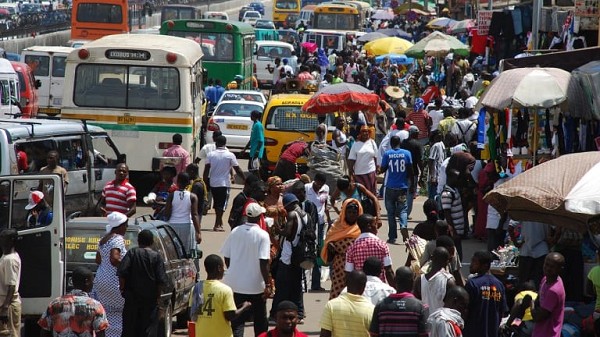Almost half of the world’s population is currently impoverished.
Extreme poverty according to the World Bank is the number of people living on less than US$ 2 a day. This is equivalent to about GHS 22.
In Ghana, 22 million households are estimated to be living below the international poverty threshold.
According to the Ghana Statistical Services Labour report for 2022, 5.4 million Ghanaian employees out of a total of 12.3 million are multidimensionally poor.
This is evident in the very low earnings of employees and their inability to meet basic needs.
Prior to the onset of COVID-19, Ghana was making progress in eliminating poverty in accordance with Sustainable Development Goal One, which calls for No Poverty.
Per data from Ghana’s 2022 SDG Budget and Expenditure Report, Ghana allotted more than GHS 900 million in budgetary resources in 2022 alone to combat extreme poverty among citizens.
This was a 17 percent increase in the allocation the year before.
The Volta Region, Eastern Region, and Central Region received the three highest allocations.
But how did the government use the money to address poverty?
It implemented a number of policies from which some households benefitted.
Through the development of local communities and the provision of support systems and job opportunities.



